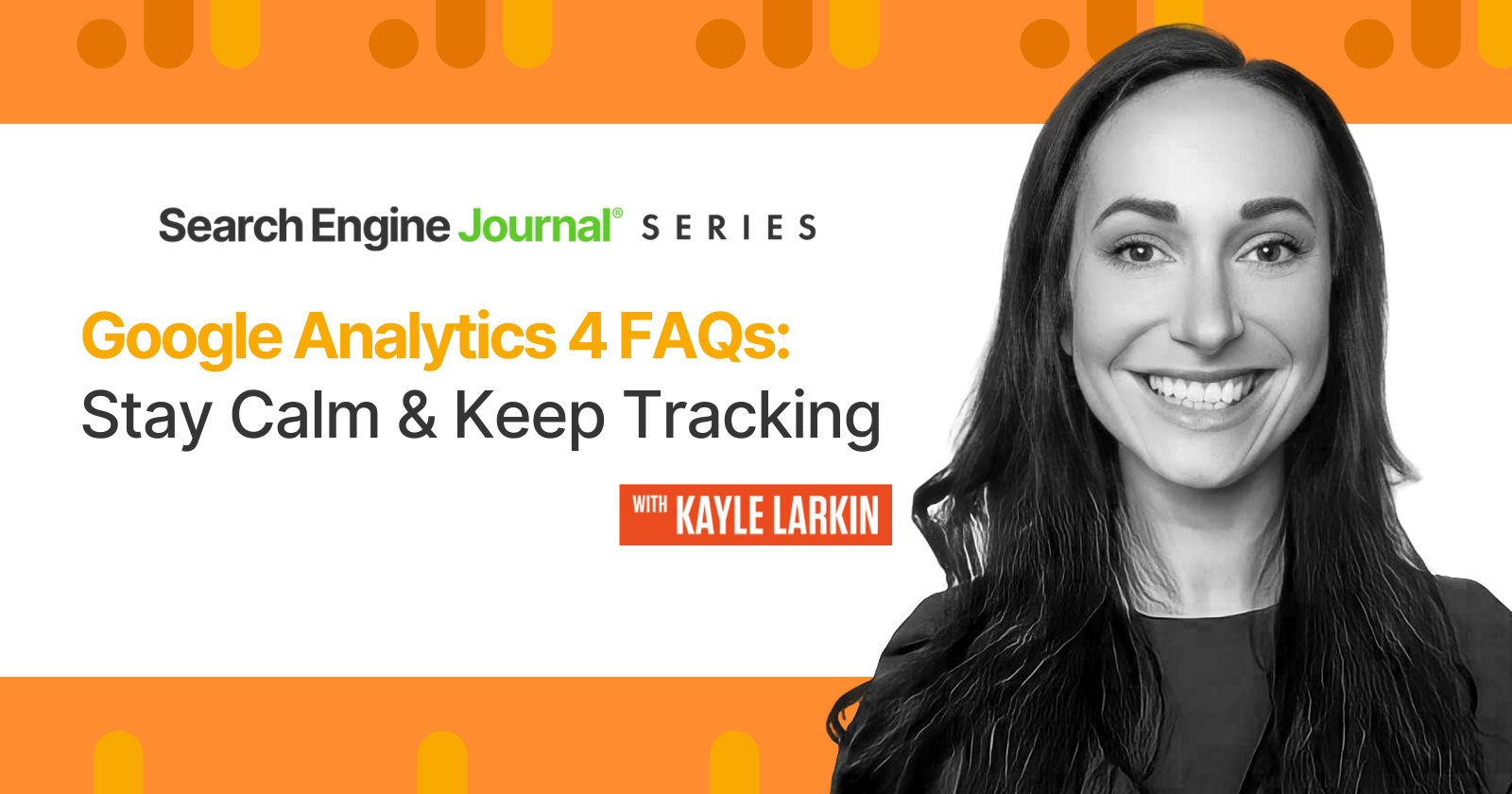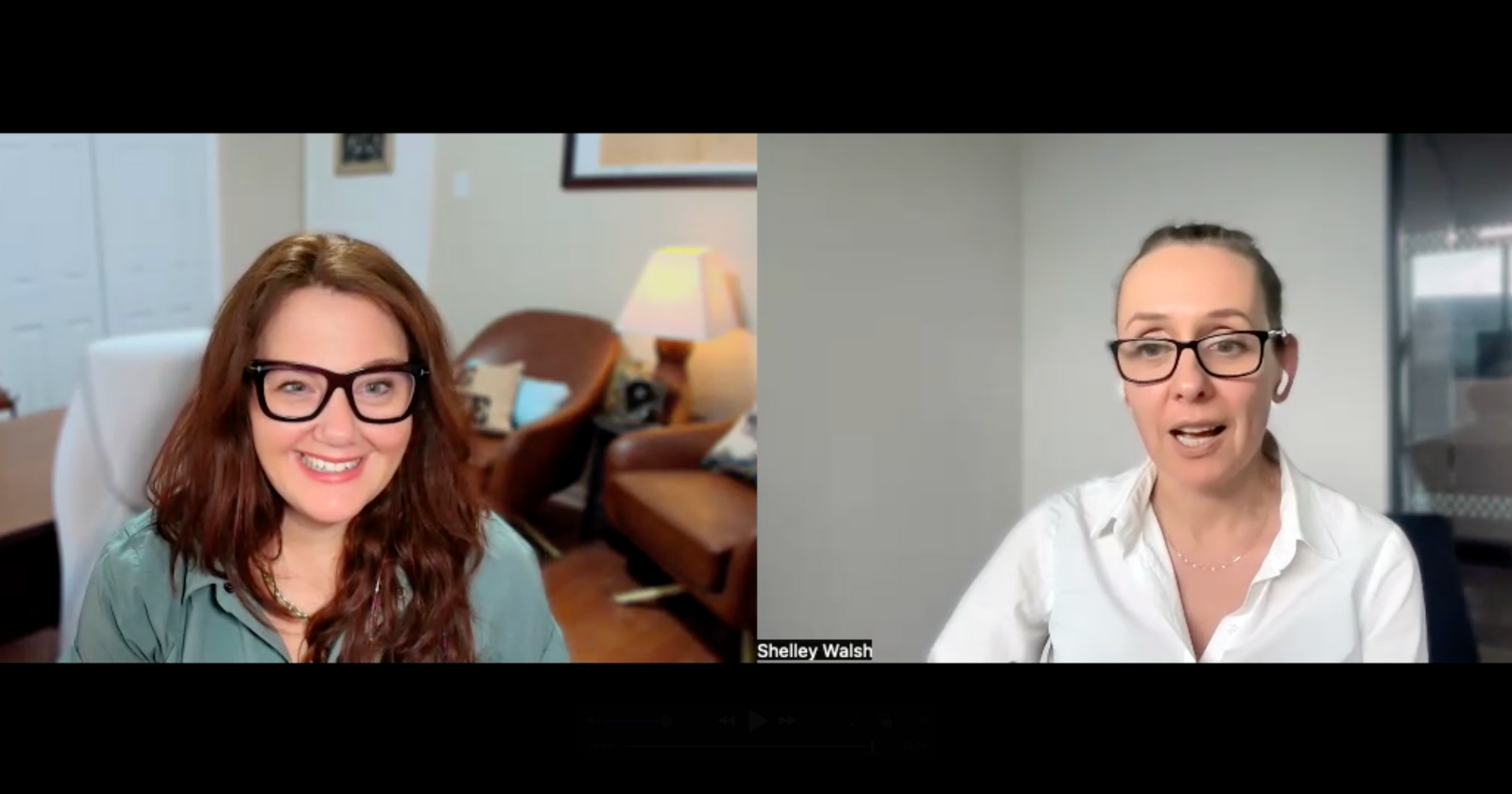Multi-Channel Marketing: How to Get Customers From Everywhere
If you want to maximize sales and minimize marketing costs, a multi-channel approach can help you capture customers you may otherwise never reach. But what is multi-channel marketing, really? And how do you do that while staying organized? Let’s...

Traffic, leads, sales—the more you get, the better. Having a singular focus on one marketing strategy can bear fruit but almost always reaches a cap. That’s where multi-channel marketing comes in. If you want to maximize sales and minimize marketing costs, a multi-channel approach can help you capture customers you may otherwise never reach. But what is multi-channel marketing, really? And how do you do that while staying organized? Let’s talk about it. Multi-channel marketing means utilizing multiple channels to get your brand in front of potential customers. This can mean using a combination of SEO, social media marketing, paid advertising, and any number of other marketing channels. As I alluded to above, multi-channel marketing allows you to reach more customers than a single-channel focus ever can. To illustrate, some people will never search for the keywords you rank for on Google, and some people just don’t use social media. In addition to a broader reach, you may be able to capture new customers for a lower cost. Case in point: Organic social media is free, and spreading your advertising over a mix of both social channels and paid search engine marketing means you’ll find the most effective use of your ad spend. This will allow you to spend only on what’s working and avoid wasted ad spend. Of course, having more channels results in more complexity. You need to understand how to repurpose your content in order to avoid adding a ton of extra work and expenses. Not only that, but posting to multiple social media channels on top of doing SEO on your site, managing an email list, and running ads are lots of work—especially if you don’t have a specialized team member to handle each task. Hiring an entire marketing team is also expensive. But if you utilize automation software and use a tool to stay organized, you can overcome these challenges without breaking the bank. Below, I break down the basics of getting started with multi-channel marketing into four steps: If you aren’t careful, utilizing multiple channels and hiring people to manage those channels can quickly lead to inconsistent messaging and branding. That’s where integrated marketing communications (IMC) comes in. Strong IMC makes your brand consistent across all the interaction points with customers, from initial awareness of your brand to making a purchase. It includes things like: In other words, you should take the time to create branding and style guidelines for your company. What are your primary colors? How should your logo always appear? What style should your messaging be in, and what’s your mission as a company? For example, here are Dyno Studio’s style guidelines: You can see it shows all of the brand’s approved fonts, color combinations, and accepted logo styles. Of course, you can go deeper than that to include your brand’s personality (i.e., how you want your copywriting to come across—witty, funny, silly, serious, or something else). If you want to learn more about developing brand style guidelines, I highly recommend reading Venngage’s guide here. One of the most important things you can do to market your company is to understand the audience you’re marketing to. Things like: Conducting market research should be a priority. It starts with determining the questions you want to answer. I gave you a few ideas above, but feel free to come up with more of your own. Once you know what you’re looking for, you need to choose a research method. You can run a survey to your existing customers, ask your customers directly for a phone interview to learn more about them, peruse forums you know your customers use (Reddit is almost always a good bet), or conduct a competitive analysis to see what your competitors are doing. For example, let’s say I sell high-end water bottles. I know one of my competitors is Hydro Flask. So I take a look at what it’s doing by gathering data on the types of products it’s selling, the price points and features of those products, and any customer reviews. In particular, I’m trying to figure out what its customers love about the products and what they wish was better about said products. For example, there are reviews that point to two types of buyers with different needs: (1) someone who needs the insulation for long, hot days at work and (2) someone who bought it as a gift with an engraving for someone else who spends a lot of time on the road: Digging deeper, we can see a lot of reviews complaining that the bottle leaked. That gives me some information on how to improve my product. There are also lots of comments mentioning using the bottles for commutes and for the gym, and that helps me improve my picture of the kinds of customers looking for these types of bottles. But the most important question is this: How did Hydro Flask’s customers find it? The reviews give a few hints, showing some of its customers bought the product from Dick’s Sporting Goods. However, this doesn’t tell me where I should market my own products. Looking at its website, I can see it has an email newsletter and is active on Facebook, Twitter, Pinterest, Instagram, and YouTube: Its best channel seems to be Instagram, with over 600,000 followers. Additionally, it uses brand ambassadors to help promote the products. However, it doesn’t seem to have a blog—which, in my opinion, is a big missed opportunity for it. Regardless, “spy” on some of your competitors to see which channels they’re using and how they’re using them to inform your own strategy. You’re now ready to decide which channels to prioritize. Social media is obvious. You can just have a channel on every major platform (Facebook, Twitter, Instagram) and automate posting across channels with a tool like Buffer. But not all businesses need all channels. You need to decide if creating videos for TikTok and YouTube is worth your time, as these channels take much more effort. Also, not every business is suited to have a LinkedIn or Pinterest account. Is your audience using these platforms? If not, they may be worth skipping. Your other marketing channel options include: In other words, you’ve got options. Lots of options. Which should you choose? Well, that depends on what you discovered in the last step. Where is your audience? Do they listen to podcasts? If so, which ones? And what are they searching for on Google? These are questions you need to know the answers to. Go back to the last step if you don’t. In general, your best bet is to make an account on all the major social media platforms, have a basic email newsletter opt-in on your website, and write blog posts for SEO. If you aren’t sure where to start, consider plugging competitors’ sites into Ahrefs’ Site Explorer to see what keywords they’re getting traffic from on Google. For example, let’s say you sell rooftop tents. One of your competitors will be Off Road Tents. If you plug its site into Site Explorer and look at the Organic keywords report, you can see it has blog posts ranking for keywords like “tacoma camper shell” and “tent ac unit”: This gives you a hint as to what articles are bringing it traffic and, potentially, sales. Read our SEO competitor analysis guide to learn more. Remember how I mentioned one of the drawbacks of a multi-channel approach is how complex and difficult it can be to stay organized and consistent? Software can help with that. At Ahrefs, we use Basecamp to track our marketing efforts, keep our writers on the same page, build styling guidelines, and generally stay organized. It does have a bit of a learning curve compared to other task management software like Asana or Trello, but it is much more capable. It’s up to you which you prefer to use. Thomas Frank also has many excellent guides that show how to use Notion for content creation, planning, and publishing. Check out his free Notion Fundamentals guide to get started with it. In addition to using software to stay organized, it also helps to have something like Klipfolio to see all of your analytics across channels in one place. You can keep tabs on your social media stats, advertising success, and so much more in one simple dashboard: Lastly, content creation and automation tools will become your best friend. These include: Just remember: These tools are there to make your life less complicated, not more. Try a few, keep what works, and ditch what doesn’t. No need to take on more tools than you require. Last but not least, let’s take a look at some different approaches to utilizing multiple marketing channels. Here at Ahrefs, everything revolves around the product. And that’s what we share across every channel, no matter what. This photo sums it up: It’s what we talk about here on the blog with tons of educational content. And it’s what we share on social media: Even our entire YouTube channel is dedicated to teaching you how to use Ahrefs tools to improve your website: In other words, we stick to our mission of building the best SEO software on the web—regardless of where we’re promoting it. Duolingo has one of the most fascinating marketing strategies I’ve ever seen. It forgoes focusing on its product in favor of virality and brand recognition. Just watch one of its TikTok videos, and you’ll see what I mean: Any idea what its product does based on that video? Yeah, me neither. But that video got 6.4 million views. Its YouTube channel isn’t much different: It has extremely strong branding through its Duolingo bird mascot, and it combines that with on-trend humor and virality to build brand awareness. It’s also using all the channels available—social, SEO, email, apps, TV, display ads, and more. Apple is the king of branding. It utilizes multi-channel marketing better than almost any company that exists, with global recognition of the famous Apple icon. Like Ahrefs, Apple’s messaging is focused on the product. But instead of educational content, it generates demand through storytelling and evoking emotions. It uses far more channels than most, mixing older methods such as TV advertising and billboards with unique approaches like offering its own credit card—plus, of course, the usual digital marketing methods of social media, email, and SEO. Apple is also one of the best examples of integrated marketing communications and a drive to create one, seamless experience across channels and devices it sells. Unlike the other examples on this list, it mostly utilizes user-generated content (UGC) on its social channels. Nearly all of its posts are reposts from people who use Apple products. Multi-channel marketing helps you to get in front of your customers no matter which channels they use. It’s the only way to maximize your brand’s reach. The main drawbacks—inconsistency and complexity—can be overcome with proper brand style guidelines and by utilizing marketing automation and task management software. Questions or comments? Ping me on Twitter.The benefits of multi-channel marketing
The challenges of marketing on multiple channels
1. Establish consistency using IMC

2. Identify and research your target audience




3. Choose your channels

4. Use software to stay organized

Ahrefs


Duolingo

Apple

Final thoughts

 Troov
Troov 







![Semantic Keyword Clustering For 10,000+ Keywords [With Script] via @sejournal, @LeeFootSEO](https://cdn.searchenginejournal.com/wp-content/uploads/2022/02/semantic-keyword-clustering-620b9afcec2c7-sej.png)




















.jpeg&h=630&w=1200&q=100&v=a905e78df5&c=1)


.jpg&h=630&w=1200&q=100&v=a905e78df5&c=1)